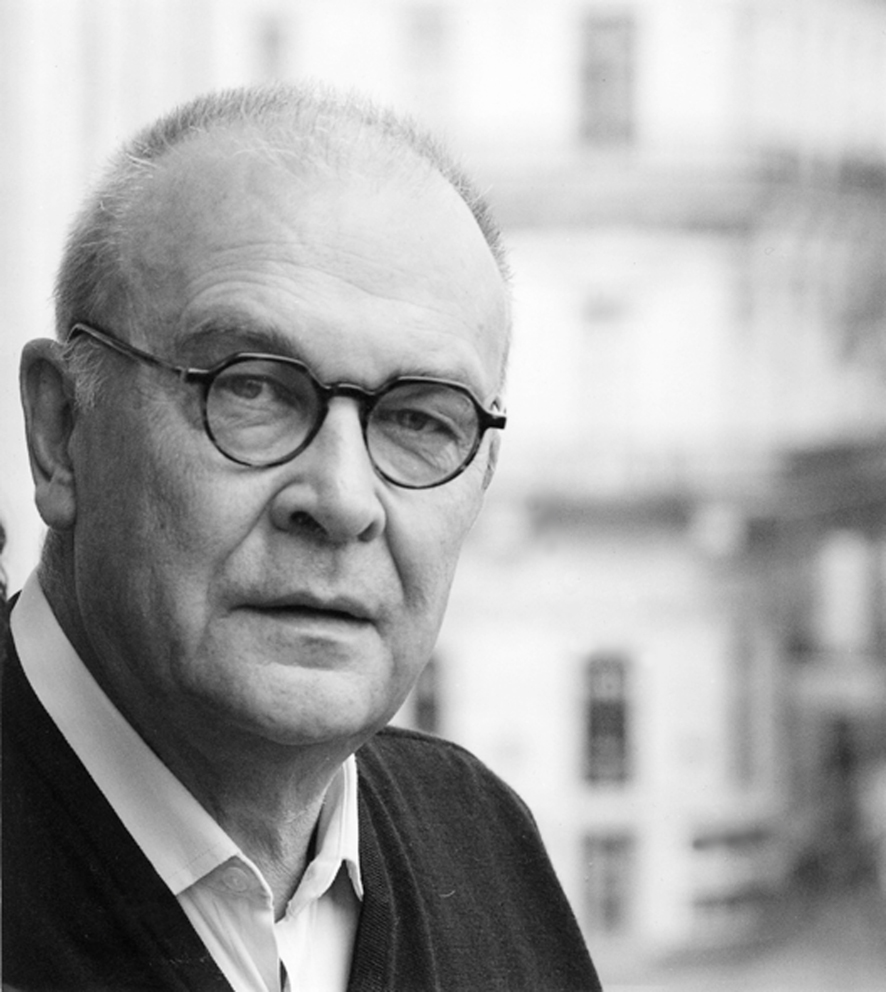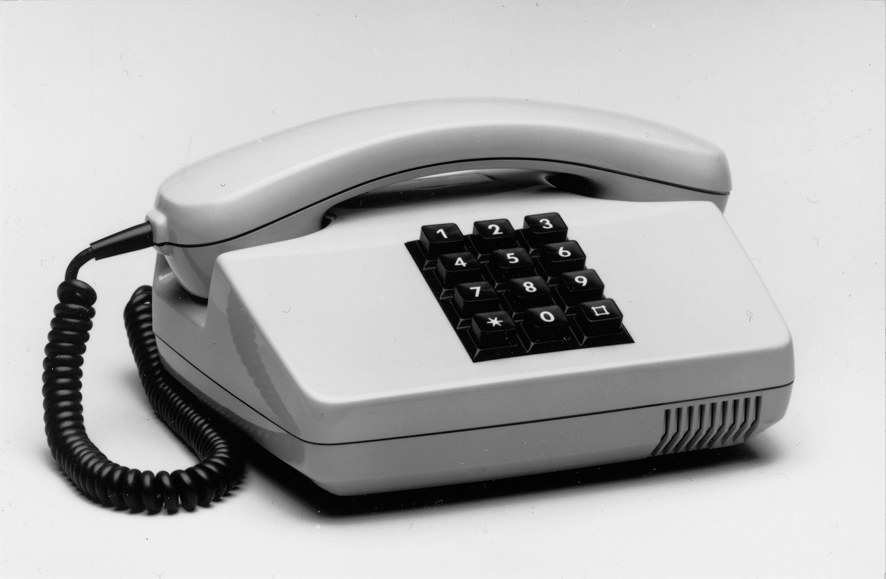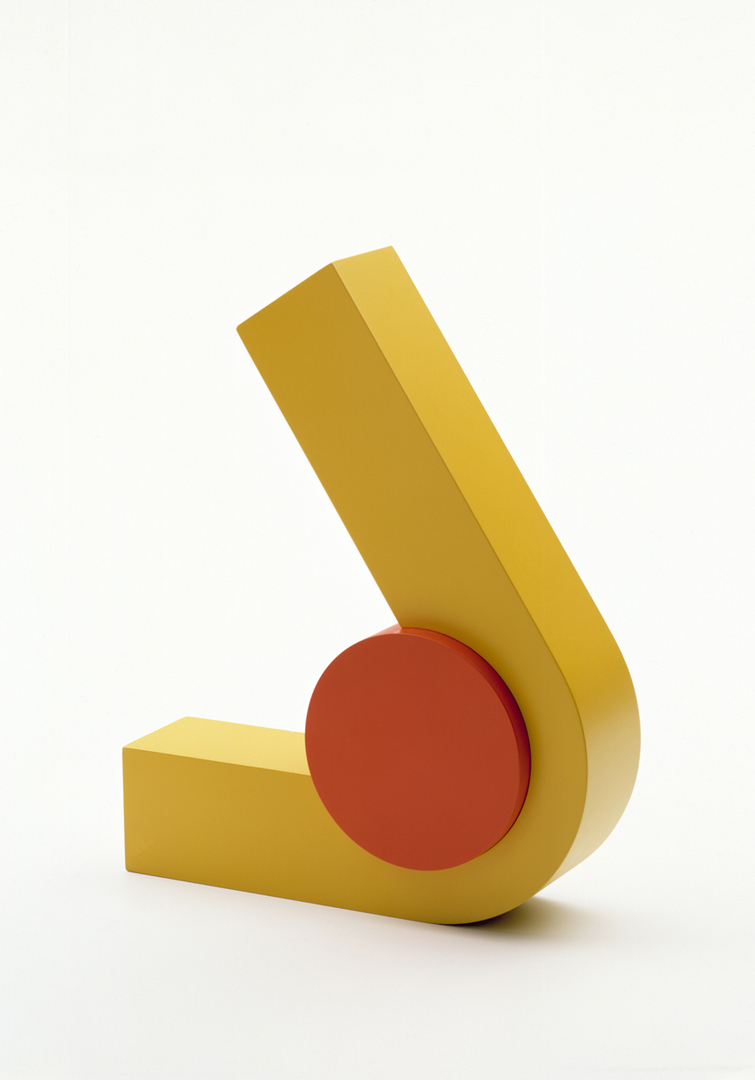“Design as Experiment”: exhibition about Tõnis Käo in the Red Dot Design Museum Essen
Designers have a formative influence on our daily live like hardly any other professional group. One of them is Tõnis Käo; his achievements will be honoured by the Red Dot Design Museum Essen and Folkwang University of the Arts in their first joint project: the special exhibition “Tõnis Käo: ‘Design as Experiment’, Retrospective”. From 22 January, the exhibition, which was curated by the Estonian Museum of Applied Art and Design in Tallinn in 2014, presents an overview of the life’s work of the pioneer in system design. The special exhibition will be on show in the Red Dot Design Museum Essen on the Zollverein World Heritage Site until 3 April.
Visitors will get an insight into the creative work of Tõnis Käo. He was hugely successful as an industrial designer and contributed to international contemporary design and to bringing it to the people. He is part of a generation of all-rounders in design. Above all else, his strengths lie in interdisciplinary work and his approach of understanding design as an experiment. Designs of household appliances and electronic devices are testament to this focus as well as his exhibition designs and graphic works.
His work always focused on designing the future. “With his numerous innovative designs that have made design history, Tõnis Käo has demonstrated that there is, after all, a thing called the avant-garde in industrial design.”, explains Prof. Dr. Peter Zec, founder and CEO of Red Dot. Therefore, the first push-button telephone, which Tõnis Käo designed together with Herbert Krämer for Deutsche Bundespost in 1970, ranks among the works which are on show in the exhibition. The milestone in industrial design was introduced as a desktop telephone in 1975 which replaced the at that time established rotary phone. The pushbutton became the new standard which still shapes our physical relationship to telephones today.
Equally smart and groundbreaking was his solution for the design of a hair dryer. The device, which had a tubelike and linear structure by that time, received a new shape: By reducing the geometrical forms to the basics and positioning the handle diagonally, Tõnis Käo improved the ease of use of the hair dryer. His design approach lasts until today.
Prof. Anke Bernotat, who studied under Tõnis Käo and lectures in industrial design today, headed up the exhibition project and explains the long-term success of Tõnis Käo’s works: “Käo’s analytical thinking combined with his systematic approach and his distinct artistic attitude are formative. In his working – from the field of product design to communication and exhibition design – it becomes apparent that he assumes overall responsibility.” With his manifold experimental and forward-looking work, Tõnis Käo has contributed to the development of our industrial culture – on a global level.
The Ministry of Economic Affairs, Energy and Industry of the State of North Rhine-Westphalia, the Estonian Ministry of Culture and Estonian Cultural Endowment support the exhibition which is accompanied by a catalogue in Estonian and English language.



